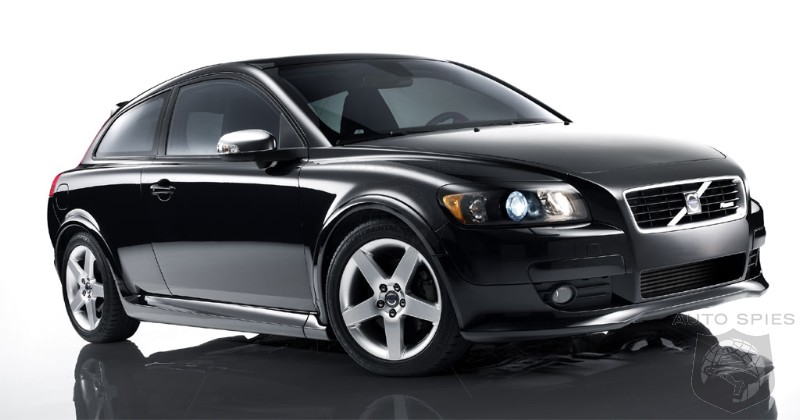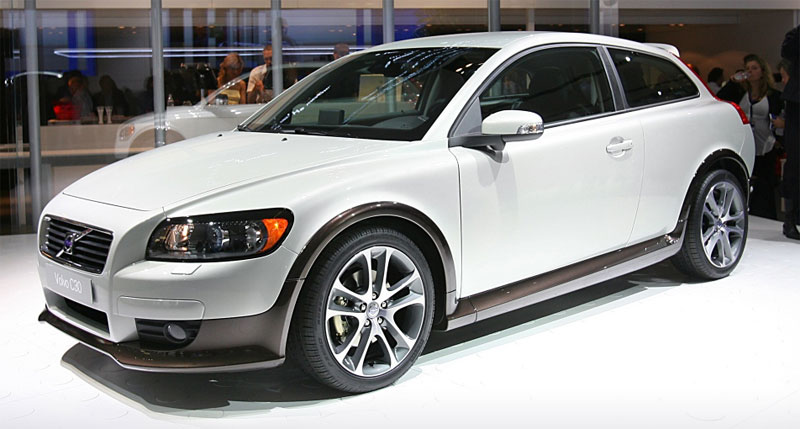
kernel feature Volvo vehicle safety. Swedish uses the same commitment to safety based on a slow, conservative and rigorous testing and development of its electric cars and plug-in hybrids.
Why go slow when the potential EV buyers are eagerly waiting for? As the possibility of one well-publicized fatal accident in an electric car or plug-in hybrid could derail the whole movement toward the vehicle electrics. All the major car companies to produce plug-in cars are worried about such an event, but with Volvo's safety, the company has been testing a plug-in prototypes might be harder and longer than anyone in the field.
This conservative approach is reflected in the Volvo C30 EV, all-electric four-seater sedan concept unveiled at 2010 Detroit auto show. At first glance, the statistics may seem unimpressive: a selection of about 90 km, acceleration 0-60 km / h in 11 seconds, top speed around 80 miles per hour, and at peace for eight hours to download 24 kilowatt-hours of battery pack 220-volt outlet.
Volvo C30 promo video electric car.
Volvo could push those numbers further, or race car brought to market faster, but it is not. Instead, the company is slowing and cooling, and ensures that customer expectations are met. It's not a promising fast download, game-changing driving range, or a head-turning. And you do not see a plug-in Volvo on the road this year, next year, or maybe the year after. Instead, the company intends to build and test 50 electric C30s in Europe to ensure that they will rise against the test of time and with every possible crash scenario.
"In order to reduce the impact of the collision, the battery is well protected and away from the car areas. The battery is also firmly encased. Beams and other parts of the structure around the battery has been established to protect it would not affect the collision. If the battery is damaged, when the gas leak, there is a specific evacuation channels leading gas out of the car. If the extreme heat, the passengers are protected by the battery housing. Just the moment of impact crash sensors for the battery to sen

d information about a car crash a computer, which automatically cuts off power supply to prevent the risk of shorting. "
Volvo Press
C30 is a 600 pound lithium-ion battery pack. Half of them left the state in which the C30's gas tank is usually placed (safely in front of the rear axle), and the other half is placed in the middle of the tunnel area. These batteries do not fit conventional C30. In addition, some battery life trapped and others can not, while some of the batteries can be safely crushed in a corner, but not the second. Therefore, the majority of Volvo's work on electric vehicles and plug-in hybrids, which focuses entirely on a new safer and m
ore aerodynamic chassis can accommodate batteries and related electronic technologies.
Volvo C30

Volvo V70 will crash testing plug-in hybrid.
Thus, the models currently being used by Volvo for testing plug-in cars, the C30 and the Volvo V70 plug-in hybrid is not likely to be the exact model of the emerging European and U.S. markets. But there is every indication that the Volvo is very serious about electric cars and plug-in hybrids, and they are on their way. Slowly and surely.



No comments:
Post a Comment